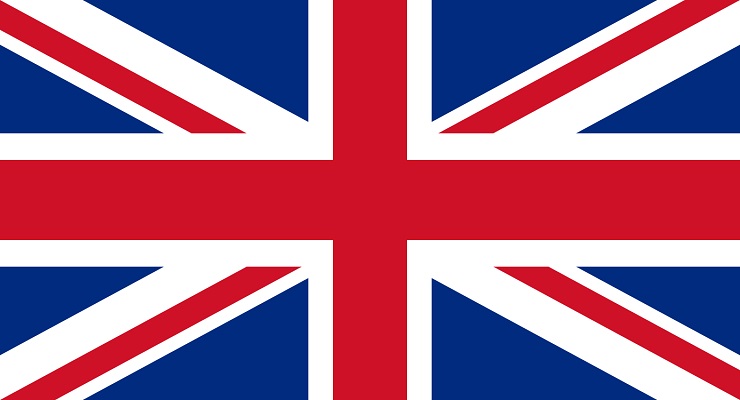 An interesting new study by Alexander Fouirnaies examines the history of campaign spending limits in elections in the United Kingdom (UK). Here is the abstract:
An interesting new study by Alexander Fouirnaies examines the history of campaign spending limits in elections in the United Kingdom (UK). Here is the abstract:
In more than half of the democratic countries in the world, candidates face legal constraints on how much money they can spend on their electoral campaigns, yet we know little about the consequences of these restrictions. I study how spending limits affect UK House of Commons elections. I contribute new data on the more than 70,000 candidates who ran for a parliamentary seat from 1885 to 2019, and I document how much money each candidate spent, how they allocated their resources across different spending categories, and the spending limit they faced. To identify the effect on elections, I exploit variation in spending caps induced by reforms of the spending-limit formula that affected some but not all constituencies. The results indicate that when the level of permitted spending is increased, the cost of electoral campaigns increases, which is primarily driven by expenses related to advertisement and mainly to the disadvantage of Labour candidates; the pool of candidates shrinks and elections become less competitive; and the financial and electoral advantages enjoyed by incumbents are amplified.
Here’s a link to article’s information page.
Leave a Reply